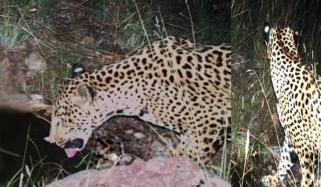
Australian tropical rainforest trees have become the first in the world to switch from being a carbon sink to an emissions source due to increasingly extreme temperatures and drier conditions.
According to The Guardian, the change, which applies to the trees’ trunks and branches but not the roots system, began about 25 years ago, according to new research published in Nature.
Trees store carbon as they grow and release it when they decay and die. Overall, tropical forests are thought to be carbon sinks – absorbing more CO2 than they release – and uptake is assumed to increase amid rising atmospheric concentration.
But nearly 50 years of data collected from tropical forests across Queensland has revealed this crucial carbon sink could be under threat.
About 25 years ago, tree trunks and branches in those forests became a net emitter, with more trees dying and insufficient new growth, according to the research.
“It’s the first tropical forest of its kind to show this symptom of change,” said lead author Dr Hannah Carle from Western Sydney University.
“We know that the moist tropics in Australia occupy a bit of a warmer, drier climate space than tropical forests on other continents, and therefore it might serve as a future analog for what tropical forests will experience in other parts of the world,” she added.
Even though the balance between gains and losses had shifted, these forests were still playing an important role in soaking up CO2, Karoly said. But their reduced capacity to absorb extra carbon would make emissions cuts “a lot harder” and require an even more rapid transition away from fossil fuels.












